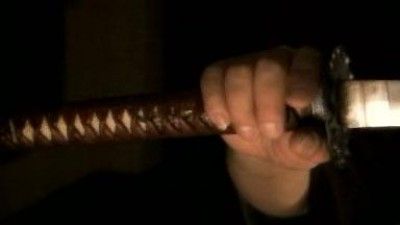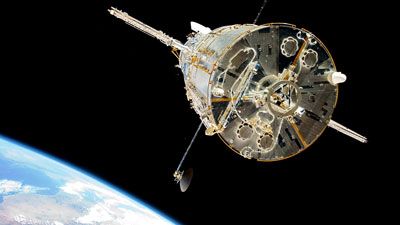The BEST episodes of NOVA
Every episode of NOVA ever, ranked from best to worst by thousands of votes from fans of the show. The best episodes of NOVA!
Helps viewers of all ages explore the science behind the headlines.
#1 - The Miracle of Life
Season 10 - Episode 5 - Aired 2/15/1983
A documentary that shows the actual conception and development of a baby. It looks inside the male and female reproductive organs to show the formation of sperm and the passage of a fertilized egg through the fallopian tube. Uses a microscope to observe DNA, chromosomes, and other minute body details building up to the moment of birth.
#2 - The Elegant Universe: Einstein's Dream (1)
Season 30 - Episode 12 - Aired 10/28/2003
An introduction to string theory and its unification of general relativity and quantum mechanics.
#3 - Galileo's Battle For The Heavens
Season 29 - Episode 12 - Aired 10/29/2002
In this two-hour special, NOVA celebrates the story of the father of modern science and his struggle to get Church authorities to accept the truth of his astonishing discoveries. The program is based on Dava Sobel's bestselling book, Galileo's Daughter, which reveals a new side to the famously stubborn scientist—that his closest confidante was his illegitimate daughter, Sister Maria Celeste, a cloistered nun.
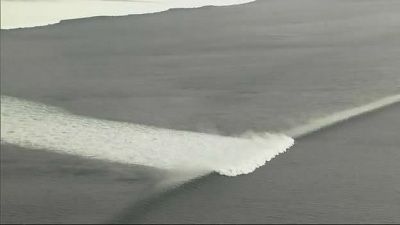
#4 - Surviving the Tsunami
Season 38 - Episode 12 - Aired 9/28/2011
The earthquake that hit the northern coast of Japan on March 11, 2011, was recorded at magnitude 9.0 the worst ever recorded in Japan. It generated an unprecedented tsunami, obliterating coastal villages and towns in a matter of minutes. In some areas, the tsunami climbed above 100 feet in height and traveled miles inland. Amazingly, amateur and professional photographers captured it all on video, including remarkable tales of human survival, as ordinary citizens became heroes in a drama they never could have imagined. As the waves rush in, a daughter struggles to help her elderly mother ascend their rooftop to safety; a man climbs onto an overpass just as the wave overtakes his car. These never-before-seen stories are captured in video and retold after the fact by the survivors who reveal what they were thinking as they made their life-saving decisions. Their stories provide lessons for how we should all act in the face of life-threatening disasters.
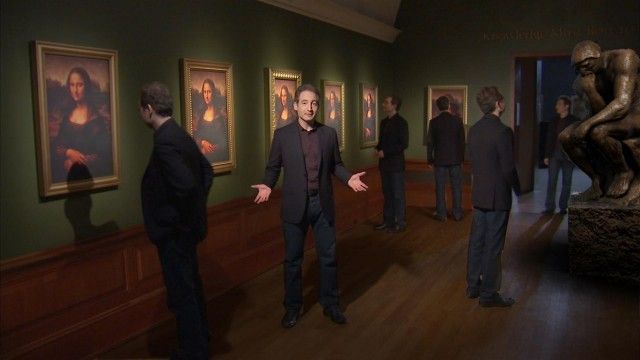
#7 - The Fabric of the Cosmos: The Illusion of Time (2)
Season 38 - Episode 16 - Aired 11/9/2011
Ask physicists what time actually is, and the answer might shock you: they have no idea. The deep sense we have of time passing from present to past may be an illusion. How can our understanding of something so familiar be so wrong? In search of answers, Brian Greene takes us on the ultimate time-traveling adventure.
#8 - The Schoolboys Who Cracked the Soviet Secret
Season 16 - Episode 20 - Aired 12/12/1989
The Schoolboys Who Cracked the Soviet Secret recreates the story of a British schoolteacher and his students who discovered secrets of the Soviet space program. In the 1960s, Geoffrey Perry at the Kettering Grammar School gave his students used short wave radios for a science project, but the school project had international reach when the group connected with Soviet transmissions.
Watch Now:Amazon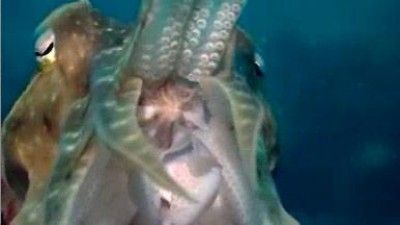
#9 - Cuttlefish: Kings of Camouflage
Season 34 - Episode 3 - Aired 4/3/2007
NOVA explores the lives of cuttlefish. Not actually fish, these cephalopods can change their shape and color, they can put on dazzling light shows, and they're surprisingly intelligent.
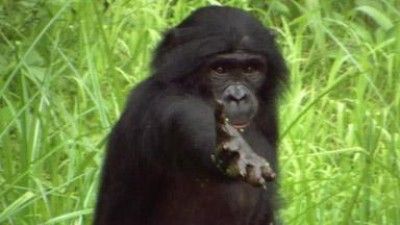
#10 - Ape Genius
Season 35 - Episode 5 - Aired 2/19/2008
As new research continues to reveal that apes are smarter than previously thought, NOVA explores just what separates humans from the great apes.
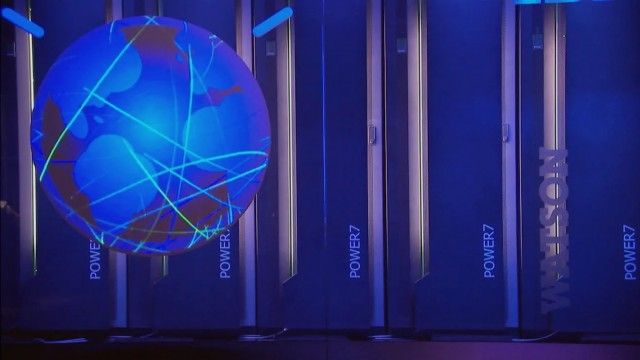
#12 - Smartest Machine on Earth
Season 38 - Episode 6 - Aired 2/9/2011
Augmenting human intelligence is a lot tougher than it looks, and the promise of "Hal" from 2001: A Space Odyssey is still just a fantasy. But scientists are edging closer with machines like "Watson," an IBM computing system that is gearing up for a first-of-its-kind challenge: taking on human contestants on the game show Jeopardy! With a brain the size of 2,400 home computers and a database of about 10 million documents, will Watson be able to compute its way to victory? Given the complexity of human language, could any computer truly understand it? It remains to be seen if this amalgam of circuits and silicon can really take us closer to the dream of a fully developed artificial intelligence, a truly "conscious" machine. Win or lose, the difficulty of mimicking the human thought process with software is showing artificial-intelligence researchers that there's more than one way to be "intelligent."

#13 - Percy Julian: Forgotten Genius
Season 34 - Episode 1 - Aired 2/6/2007
Against all odds, African-American chemist Percy Julian became one of the greatest scientists of the 20th-Century.
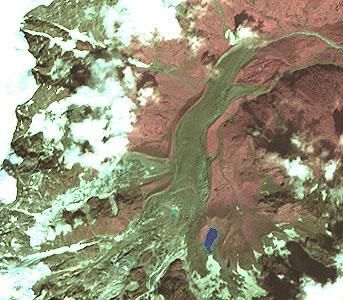
#14 - Descent Into The Ice
Season 31 - Episode 4 - Aired 2/10/2004
A team of "glacionauts" verntures into a labyrinth of unexplored and hazardous glacier caves on France's Mt. Blanc.
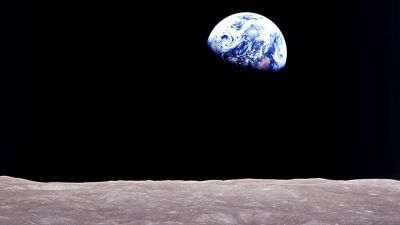
#15 - Apollo’s Daring Mission
Season 45 - Episode 17 - Aired 12/26/2018
Apollo astronauts and engineers tell the inside story of Apollo 8, the first manned mission to the moon. The U.S. space program suffered a bitter setback when Apollo 1 ended in a deadly fire during a pre-launch run-through. In disarray, and threatened by the prospect of a Soviet Union victory in the space race, NASA decided upon a radical and risky change of plan: turn Apollo 8 from an earth-orbit mission into a daring sprint to the moon while relying on untried new technologies. Fifty years after the historic mission, the Apollo 8 astronauts and engineers recount the feats of engineering that paved the way to the moon.
Watch Now:Amazon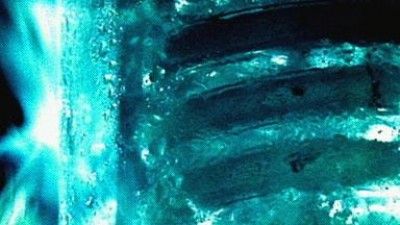
#16 - Absolute Zero: The Race For Absolute Zero (2)
Season 35 - Episode 2 - Aired 1/15/2008
#17 - The Crab Nebula
Season 1 - Episode 7 - Aired 4/14/1974
In 1054 AD, the Chinese recorded the explosion of a star so bright that it lit the sky for three weeks, even during the day. It was the explosion of a dying star that was bigger than our sun. NOVA explores this mysterious explosion that led to the discovery of Crab Nebula.
Watch Now:Amazon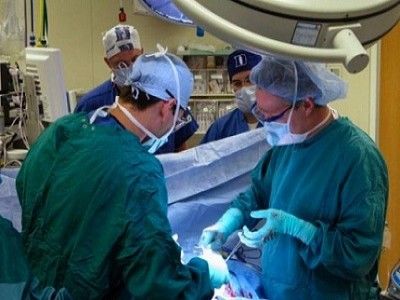
#19 - Doctors' Diaries (1)
Season 36 - Episode 7 - Aired 4/7/2009
In 1987, NOVA's cameras began rolling to chronicle the lives of seven young, bright medical students embarking on the longest and most rigorous endeavor in higher education: the years-long journey to become a doctor. From their first days at Harvard Medical School to the present day, none of them could have predicted what it would take, personally and professionally. In "Doctors' Diaries," a two-hour special, NOVA returns to find out what sorts of doctors—and people—the seven young students have become. The program is the latest installment in the longest-running U.S. documentary of its kind.
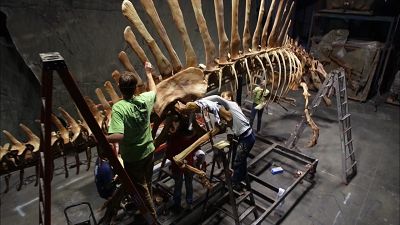
#20 - Bigger Than T. Rex
Season 41 - Episode 20 - Aired 11/5/2014
Almost a century ago, paleontologists found the first tantalizing hints of a monster even bigger than Tyrannosaurus rex, perhaps the largest predator ever to roam the Earth: spectacular fossil bones from a dinosaur dubbed Spinosaurus. But the fossils were completely destroyed during a World War II Allied bombing raid, leaving only drawings, questions, and a mystery: What was Spinosaurus? Now, the discovery of new bones in a Moroccan cliff face is reopening the investigation into this epic beast. What did it feed on and how? Why did it grow so big? We follow the paleontologists who are reconstructing this terrifying carnivore, revealing a 53-foot-long behemoth with a huge dorsal sail, enormous, scimitar-like claws, and massive jaws tapered toward the front like a crocodile. Bringing together experts in paleontology, geology, climatology and paleobotany, this NOVA/National Geographic special brings to life the lost world over which Spinosaurus reigned more than 65 million years ago.
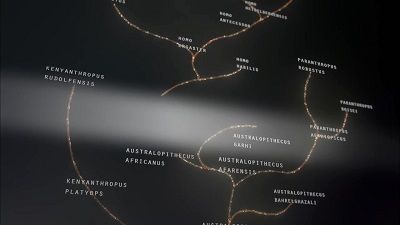
#21 - Dawn of Humanity
Season 42 - Episode 13 - Aired 9/16/2015
Deep in a South African cave, an astounding discovery reveals clues to what made us human.
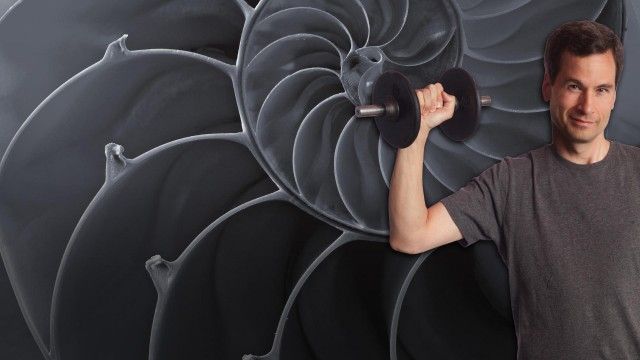
#22 - Making Stuff Stronger (1)
Season 38 - Episode 2 - Aired 1/19/2011
What is the strongest material in the world? Is it steel, Kevlar, carbon nanotubes, or something entirely new? NOVA kicks off the four-part series "Making Stuff" with a quest for the world's strongest substances. Host David Pogue takes a look at what defines strength, examining everything from steel cables to mollusks to a toucan's beak. Pogue travels from the deck of a U.S. naval aircraft carrier to a demolition derby to the country's top research labs to check in with experts who are re-engineering what nature has given us to create the next generation of strong stuff.

#23 - Dogs Decoded
Season 37 - Episode 14 - Aired 11/9/2010
"Dogs Decoded" reveals the science behind the remarkable bond between humans and their dogs and investigates new discoveries in genetics that are illuminating the origin of dogs—with surprising implications for the evolution of human culture. Other research is proving what dog lovers have suspected all along: Dogs have an uncanny ability to read and respond to human emotions. Humans, in turn, respond to dogs with the same hormone responsible for bonding mothers to their babies. How did this incredible relationship between humans and dogs come to be? And how can dogs, so closely related to fearsome wild wolves, behave so differently?
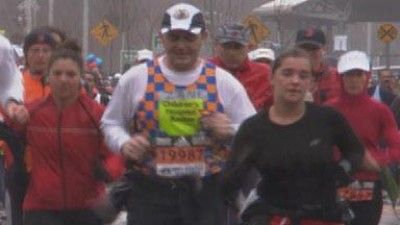
#24 - Marathon Challenge
Season 34 - Episode 11 - Aired 10/30/2007
13 amateurs train for the 26.2 mile Boston Marathon.
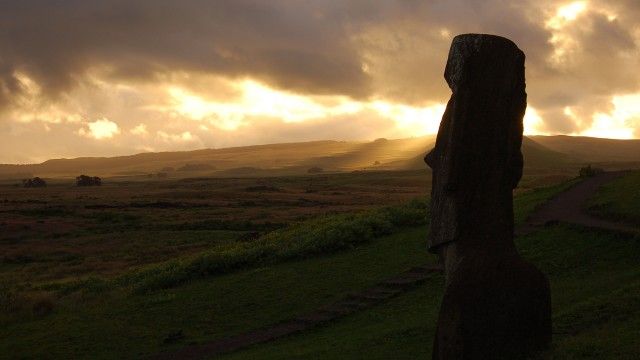
#25 - Mystery of Easter Island
Season 39 - Episode 14 - Aired 11/7/2012
A remote, bleak speck of rock in the middle of the Pacific, Easter Island, or Rapa Nui, has mystified the world ever since the first Europeans arrived in 1722. How and why did the ancient islanders build and move nearly 900 giant statues or moai, weighing up to 86 tons? And how did they transform a presumed paradise into a treeless wasteland, bringing ruin upon their island and themselves? NOVA explores controversial recent claims that challenge decades of previous thinking about the islanders, who have been accused of everything from ecocide to cannibalism. Among the radical new theories is that the islanders used ropes to "walk" the statues upright, like moving a fridge. With the help of an accurate 15-ton replica statue, a NOVA team sets out to test this high-risk, seemingly unlikely theory—serving up plenty of action and surprises in this fresh investigation of one of the ancient world's most intriguing enigmas.

